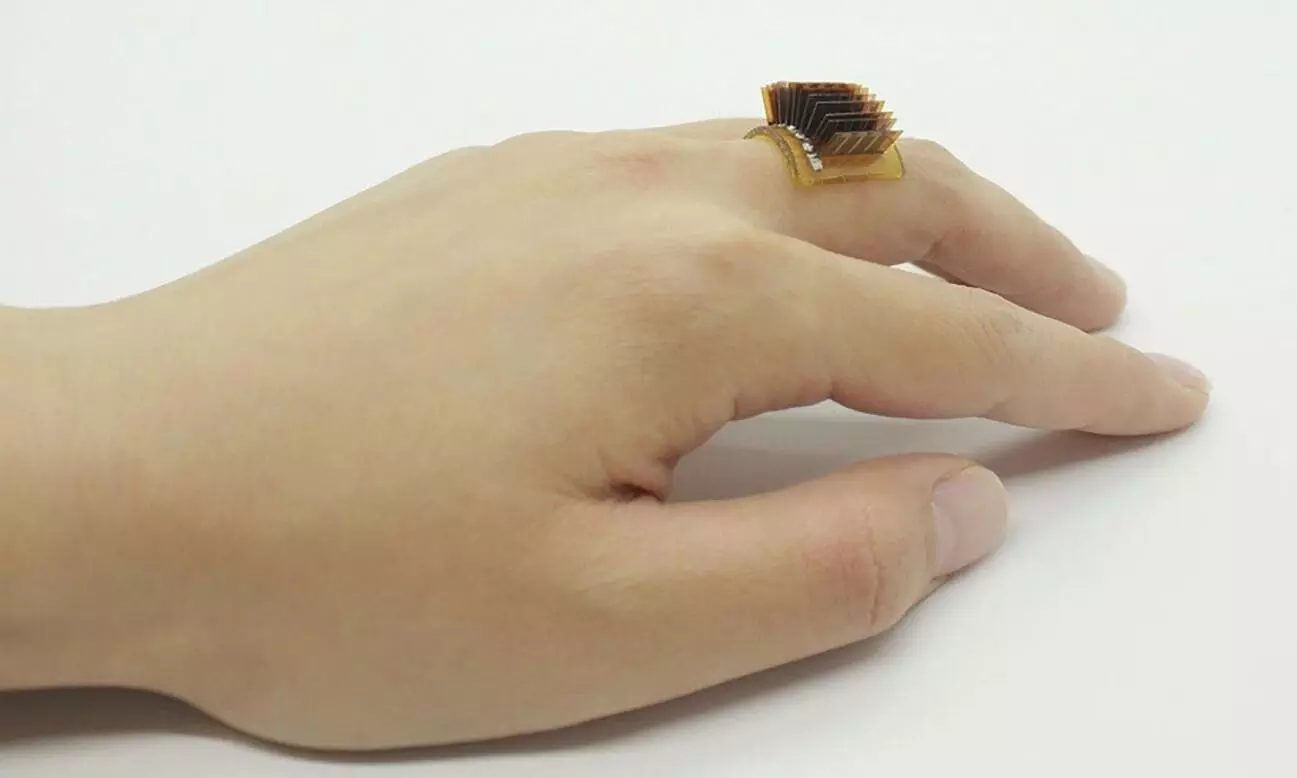
Scientists develop electronic devices that can be charged with body heat
text_fieldsScientists have devised a mini-wearable device that converts body heat into electrical energy, which can be in the form of a ring, bracelet or anything else that touches human skin. The power of this device, developed by a team of scientists at the University of Colorado Boulder, is sufficient to operate an electronic watch or fitness monitor.
The new device is flexible and can repair any self-damage and does not require charging from the electrical grid. It features a thermoelectric generator that uses human body heat as its biological battery.
"Whenever you use a battery, you're depleting that battery and will, eventually, need to replace it," says Professor Jianliang Xiao, head of the research team. "The nice thing about our thermoelectric device is that you can wear it and it provides you with constant power."
It is also devised to generate about one volt of energy per square centimeter of skin space and 5 volts of electric power from a sprinter, according to the researchers' calculations.
The basic material in the structure of the device is a flexible polyimide, in which thin electrothermal strips are attached to each other by metal wires in a solution.
"The thermoelectric generators are in close contact with the human body and they can use the heat that would normally be dissipated into the environment," added Xiao, who believes the gadget could be on the market within five to 10 years.























